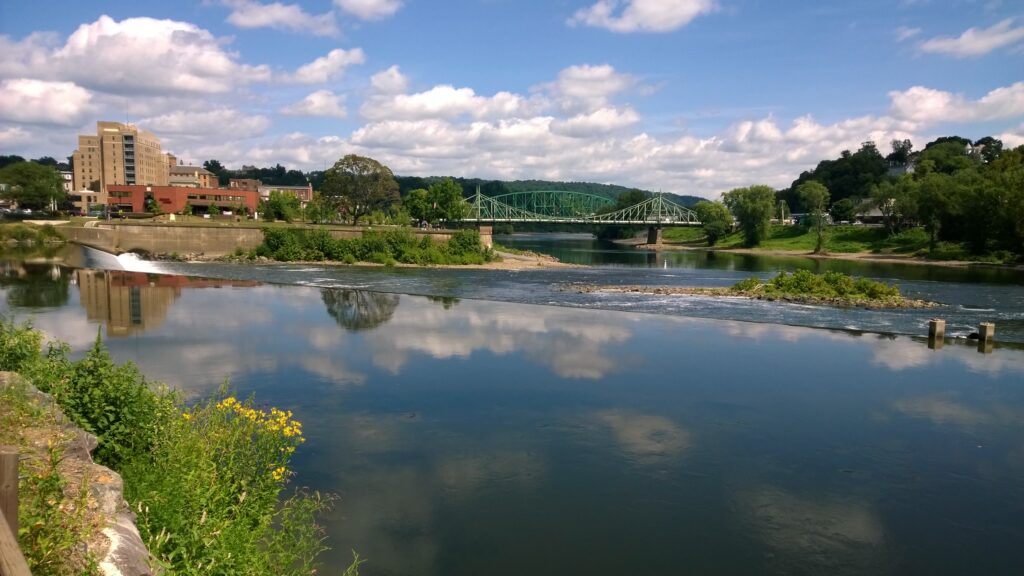
A cautionary tale of a toxic chemical and how it ended up in the Delaware
| February 24, 2022
About two years ago, 1,4-dioxane was found in the Delaware River by New Jersey American Water in its testing of intake from the river at river mile 110 at its plant in Delran, N.J., just north of Philadelphia.
A year ago, Delaware Currents published one of the first stories about the discovery:
Now, Politico, a national online news site, has a deeply reported story by Ry Rivard — “How millions of people ended up with a toxic chemical in their water.”
It’s a story that reflects how inter-connected our waterways are and how the dedication of a water quality official for New Jersey American Water tracked the source of the chemical.
It’s also a story about how waste travels: a company in New Jersey sent its waste to a treatment plant in Allentown, Pa. Typically, a wastewater-treatment plant handles waste from sewers. In this case, the Lehigh County Authority receives hauled waste, which it is authorized to do.
That plant had no way of knowing that it was receiving 1,4-dioxane. It didn’t realize that it was dumping the chemical — a likely human carcinogen — into the Lehigh, and from there it was making its way downriver in the Delaware, where more sensitive testing alerted New Jersey American Water about the problem. Very few municipal wastewater treatment plants have such sensitive testing equipment.
From Politico’s story:
“Tom Neltner, the chemicals policy director of the Environmental Defense Fund, a nonprofit group, said incidents like the one in the Delaware are pretty common, though the details are rarely reported. Tracking down the unusual toxic trail can be difficult and municipal wastewater treatment plants, like the one in Allentown, may not know what industrial polluters are sending them.
“He said the Safe Drinking Water Act, the key law that protects Americans’ drinking water, may be ill-suited for a world where potent and robust chemicals, like the 1,4-Dioxane found in the Delaware River, can come from far away and be dangerous in tiny amounts.
“’In many ways, we use the Safe Drinking Water Act as a cleanup program, to clean up the water that never should have been contaminated in the first place,’ Neltner said in an interview, ‘instead of trying to prevent it from being contaminated in the first place.’“






